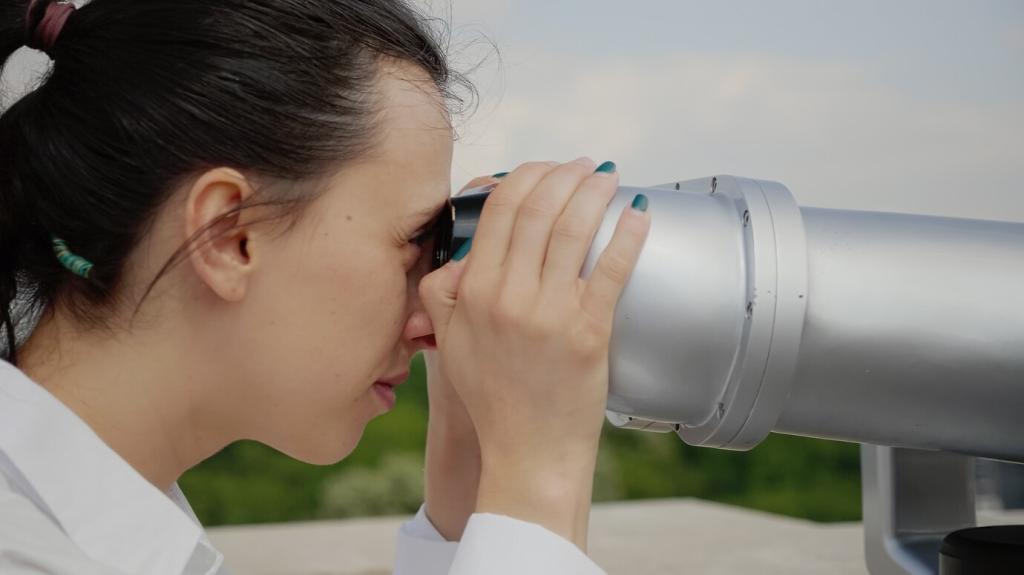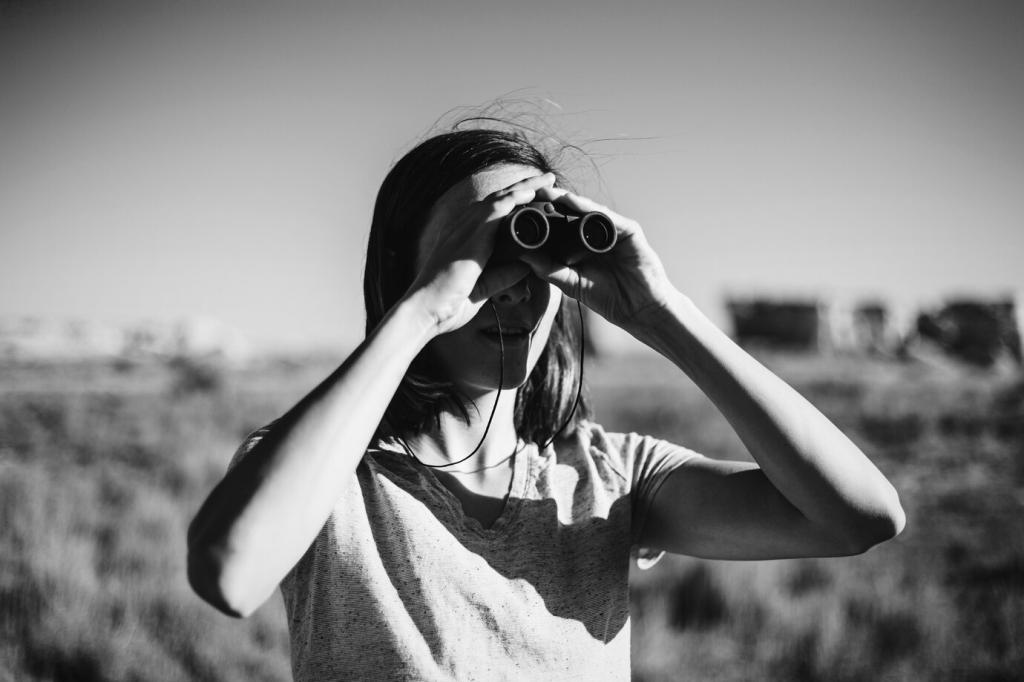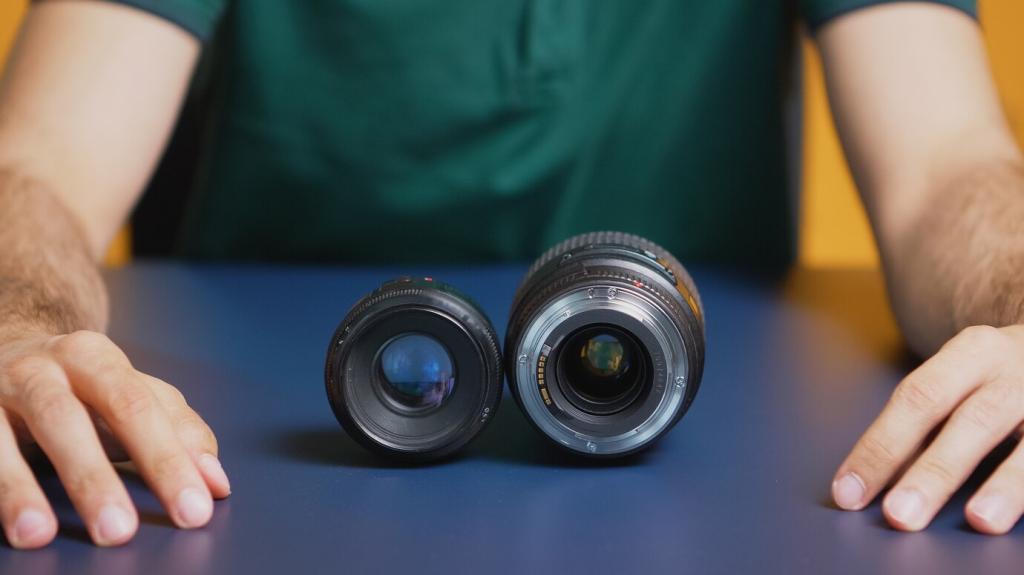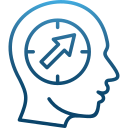Guided Meditation Techniques for Concentration


Why Guidance Sharpens Concentration
Guided prompts recruit the dorsal attention network while quieting the default mode network, helping your prefrontal cortex prioritize the breath, a phrase, or a visual point. Comment if you’ve noticed fewer mind-wanders when following a calm, consistent voice.
Why Guidance Sharpens Concentration
When instructions arrive at a measured cadence, cognitive load stays manageable, letting the mind settle into a single focus. Short, clear cues reduce decision friction, making returning to the anchor simple. Try it and tell us how cadence changes your focus quality.
A Simple Guided Script: Breath as Anchor
Settle and Intention
Sit upright, relaxed. Close or soften the eyes. Decide on a clear intention: ‘For five minutes, I’ll gently return to the breath.’ Setting intention primes attention and reduces switching. Post your intention below; naming it publicly can solidify your practice.
Cue the Breath
Inhale naturally; note the coolness at the nostrils. Exhale; feel warm air leaving. Quietly label: ‘in… out…’ If thoughts arise, acknowledge kindly, then return. This labeling stabilizes attention without strain. Try three minutes now and comment with one sensation you noticed.
Re-Anchor Without Judgment
Each time the mind drifts, notice, smile internally, and re-anchor: ‘Coming back.’ No penalty, no drama. Repetition wires the return reflex, the heart of concentration training. Keep count of gentle returns today and share your number—celebrate consistency, not perfection.
Body Scan Guidance for Focused Presence
Choose a route: crown to toes, or toes to crown. Your guide marks each region—scalp, eyes, jaw, shoulders, chest, belly, hips, legs, feet—inviting open curiosity. This sequential map prevents drifting. Which route grounds you best? Share to help others experiment.
Visualization Anchors for Single-Pointed Focus
Imagine a small, steady flame or a single black dot against a white field. The guide says, ‘Hold the image lightly; when it wavers, refresh it, then rest.’ Visual simplicity reduces distraction. Try three minutes and share whether the flame or dot held better.

Micro-Meditations for Busy Schedules
The 60-Second Box Breath
Inhale 4, hold 4, exhale 4, hold 4—guided by a calm voice or timer. One minute reduces arousal and refreshes focus. Pair it with task switching to maintain momentum. Try it before your next email block and share whether your first paragraph felt crisper.
The Hand Anchor
Place your palm on the desk. Feel temperature, weight, and texture for thirty seconds while a guide cues ‘feel, label, return.’ This tactile anchor short-circuits rumination. Test it before a meeting and report how quickly your mind settled onto the agenda.
Walking Cue: Heel-Toe Noting
During a short walk, silently note ‘heel… toe…’ with each step, guided by pace suggestions. Keep eyes soft and posture tall. After sixty seconds, many notice calmer, steadier attention. Try it between tasks and share if your next focus sprint lasted longer.
Sound, Voice, and the Art of Guiding
01
A warm, steady tone with generous pauses allows the mind to follow without hurry. Too fast creates strain; too slow invites drift. Experiment with recordings and note which pacing keeps you most present. Share links or settings that helped you sustain attention.
02
Subtle ambience—soft rain, light wind—can mask distractions, but clarity beats novelty. Avoid busy music that competes for attention. Choose consistency, not excitement. Try two ambient options this week and tell us which made your breath anchor feel most obvious.
03
Some use alpha or theta binaural tracks; results vary widely. If you experiment, keep volume low and prioritize the guide’s cues. Track your focus quality, not just relaxation. Report your findings so our community can learn what genuinely supports concentration training.
Overcoming Distractions and Building the Habit
Mind-wandering is not failure; it is the gym. Each kind return strengthens focus. Use the mantra, ‘Notice. Name. Return.’ Keep a short practice log and share your weekly return count to celebrate progress through repetition, not imaginary perfection.
Overcoming Distractions and Building the Habit
Reduce friction: choose a quiet corner, same cushion, same time. Visual cues—headphones on desk, app reminder—prime behavior. Guided sessions at a fixed hour teach your nervous system: now we focus. Post a photo of your setup to inspire fellow practitioners.


